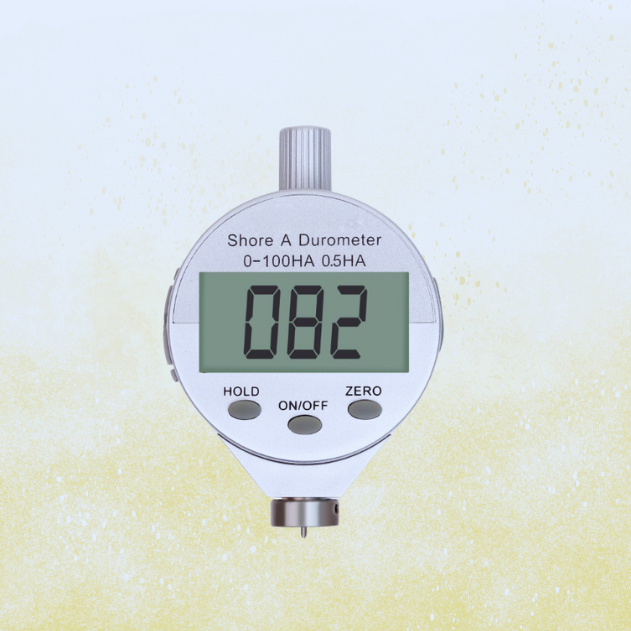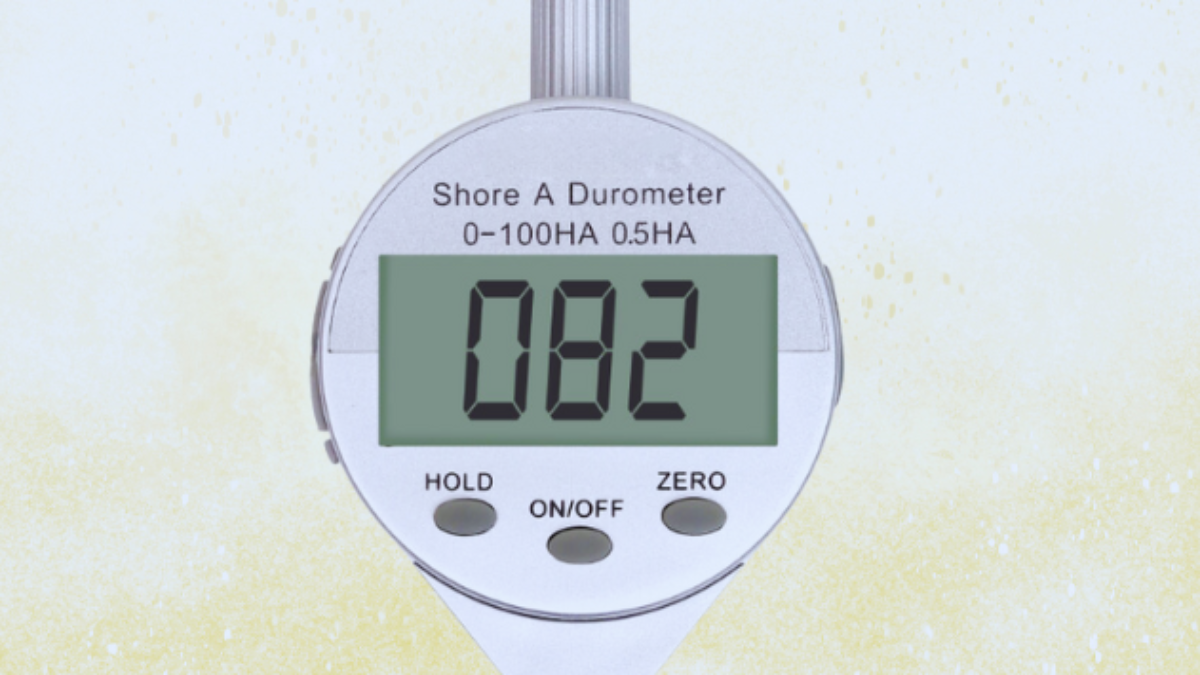Hardness Test As Per Standard ASTM D2240
Mastering Material Hardness: An In-Depth Look at ASTM D2240 Testing
Introduction
- Material hardness is a key property that influences a material's resistance to deformation, wear, and tear. In industries ranging from automotive to consumer electronics, understanding a material's hardness is essential for selecting the right materials and ensuring product durability. ASTM D2240 provides a standardized method for measuring the hardness of rubber, elastomers, and plastics, helping engineers and manufacturers ensure consistent quality and performance.

What is ASTM D2240?
ASTM D2240 is a widely recognized standard that specifies the method for measuring the hardness of non-metallic materials using a durometer. The standard covers various durometer scales, such as Shore A, Shore D, and others, each suited to different material types. The method outlined in ASTM D2240 is critical for industries that rely on precise material properties to ensure their products meet required standards and perform as intended.
Key Components of ASTM D2240 Hardness Testing:
1.Understanding Durometers and Scales:
- Durometer Types: A durometer is an instrument designed to measure the hardness of materials by gauging their resistance to indentation. Different types of durometers are used based on the material’s hardness range. The most common types under ASTM D2240 include Shore A and Shore D durometers.
- Shore A Scale: Used for softer materials like rubber and elastomers, Shore A durometers use a blunt indenter with a spring-loaded mechanism. This scale is ideal for testing materials such as O-rings, seals, and flexible polymers.
- Shore D Scale: Suitable for harder materials, Shore D durometers have a sharper indenter and a stronger spring. They are used for testing hard plastics, such as those found in pipes, sheets, and other rigid components.
2.Test Specimen Requirements:
- To obtain accurate results, the test specimen should be flat, smooth, and free from imperfections. The recommended thickness for the specimen is at least 6 mm (0.24 inches), ensuring that the hardness reading is not influenced by the backing material.
- The surface area of the specimen should be large enough to accommodate multiple hardness readings without testing in the same spot twice, which could lead to inconsistencies.
3.Testing Procedure:
- Preparation: The durometer should be calibrated and checked for proper operation before testing. The test environment should be controlled, ideally at a standard temperature of 23°C (73.4°F), to prevent temperature variations from affecting the hardness readings.
- Application: The durometer is pressed perpendicularly against the specimen’s surface until the indenter penetrates the material. The durometer reading is taken after a specific dwell time, usually within 1-2 seconds after the durometer contacts the material.
- Recording Results: Several readings are taken at different points on the specimen surface, and the average value is calculated to represent the material’s hardness. This average provides a reliable measure of the material’s resistance to indentation.
4.Factors Influencing Hardness Measurements:
- Environmental Conditions: Temperature and humidity can impact the hardness of materials. Testing under controlled environmental conditions is crucial for obtaining consistent and accurate readings.
- Specimen Preparation: Surface finish, thickness, and cleanliness of the specimen can affect the hardness measurement. A well-prepared specimen yields more reliable and reproducible results.
- Operator Technique: Consistent application pressure and dwell time are essential for accurate hardness measurements. Variability in the testing technique can lead to inconsistent results.
5.Data Analysis and Interpretation:
- Hardness values are typically reported on a scale of 0 to 100. For Shore A hardness, a value closer to 0 indicates a very soft material, while a value near 100 indicates a very hard material. Similarly, for Shore D hardness, lower values represent softer plastics, and higher values represent harder plastics.
- The hardness values help compare different materials and predict how they will perform in real-world applications. For instance, higher hardness materials may offer better wear resistance but might be less flexible, which is critical when designing parts like seals and gaskets.
Applications of ASTM D2240 Hardness Testing:
- Automotive Industry: Hardness testing ensures that materials used in tires, bushings, and seals provide the right balance of durability and flexibility. It helps in selecting materials that can withstand the stresses of everyday driving.
- Manufacturing: Hardness testing is crucial for quality control in manufacturing processes, ensuring that materials meet the required specifications for hardness, which correlates with wear resistance and product longevity.
- Consumer Products: Products like shoe soles, silicone rubber cases, and kitchen utensils rely on hardness testing to ensure they have the right feel and durability. Ensuring the right hardness levels helps manufacturers meet consumer expectations for product comfort and performance.

Conclusion:
- ASTM D2240 plays a vital role in the standardization of hardness testing for non-metallic materials. By providing a clear, consistent method for measuring hardness, ASTM D2240 helps industries maintain quality, ensure product performance, and enhance material selection processes. Understanding and applying this standard is essential for manufacturers, engineers, and quality control professionals committed to delivering high-quality products that perform reliably under various conditions.
FAQ
1. What factors can affect hardness test results?
Temperature: Hardness can change with temperature, so tests should be conducted under standardized conditions.
Specimen Preparation: Surface smoothness and thickness are crucial for accurate readings. Any defects can lead to inconsistent results.
Durometer Calibration: Regular calibration and maintenance of the durometer ensure reliable hardness measurements.
2.What is the typical thickness required for hardness testing?
ASTM D2240 recommends that test specimens be at least 6 mm (0.24 inches) thick to prevent influence from the backing material. If the material is thinner, stacking or supporting methods are used to achieve the necessary thickness.
3.How does hardness testing help in product design?
Hardness testing helps designers select the appropriate materials for specific applications. It provides insights into a material's durability, flexibility, and resistance to wear, ensuring that products meet required performance standards.
4. Can ASTM D2240 be used for all types of hardness testing?
No, ASTM D2240 is specifically designed for testing the hardness of non-metallic materials like rubber and plastics. Different standards exist for testing the hardness of metals and other materials.
5. How often should durometers be calibrated?
Durometers should be calibrated regularly, depending on usage frequency and manufacturer recommendations. Regular calibration ensures the accuracy and reliability of hardness measurements.

